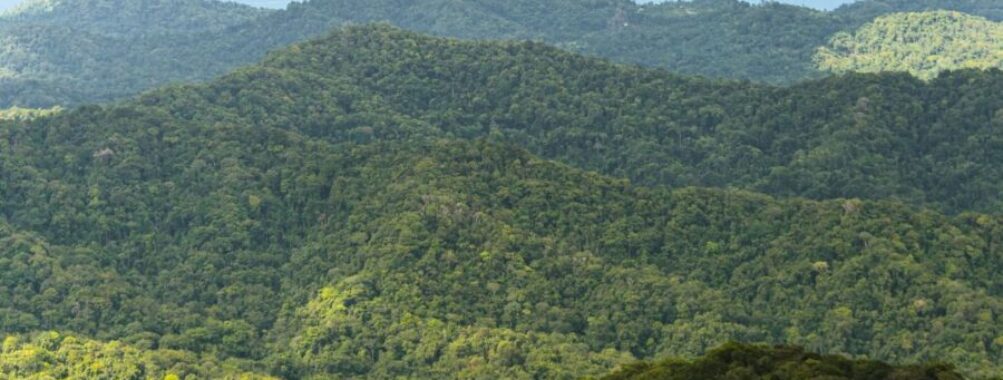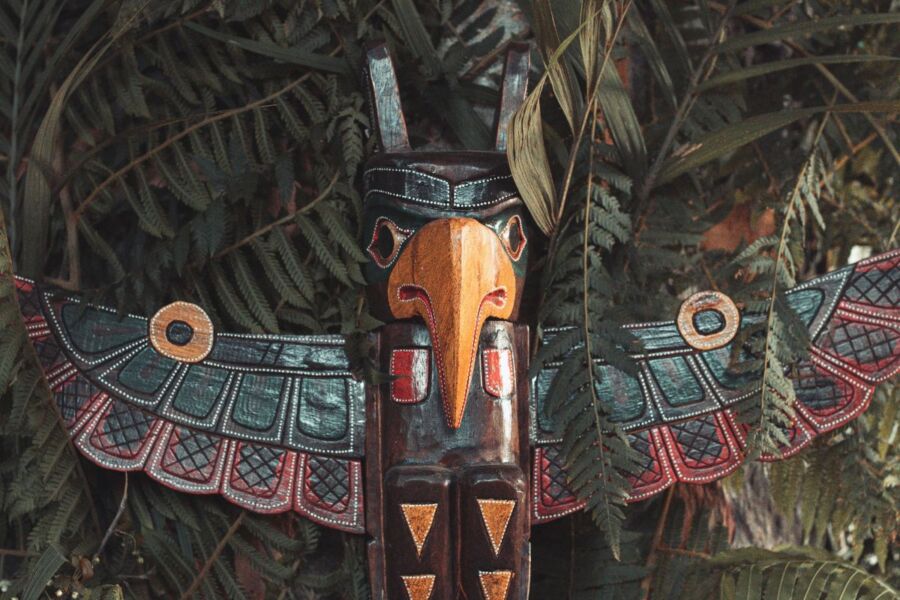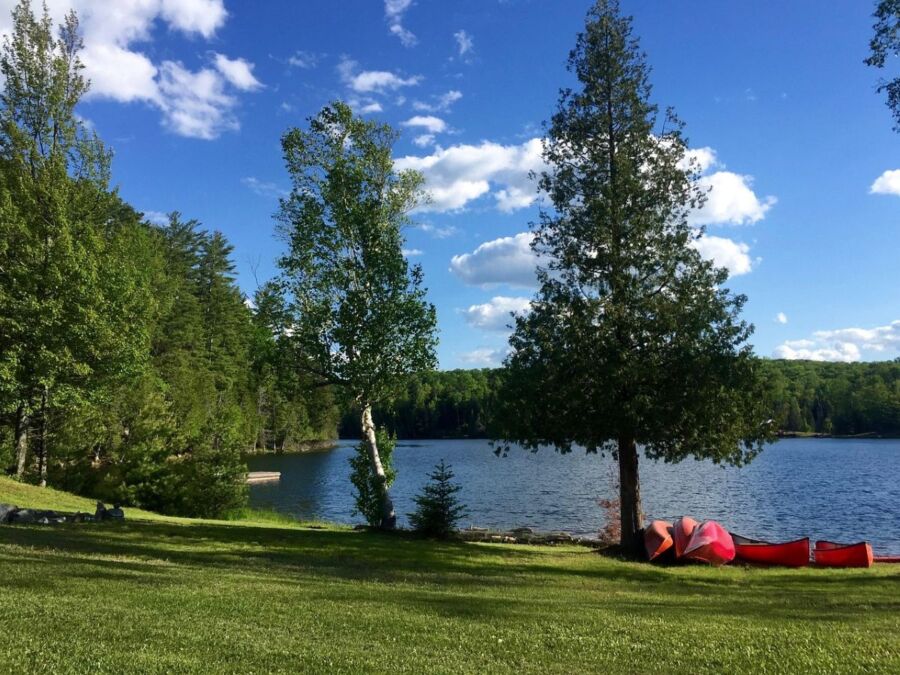
Ayahuasca Trip Cost: $500-$2000 for Life-Changing Journey
Thinking about taking an ayahuasca trip? You’re not alone. This powerful plant medicine has gained popularity in recent years, but many wonder about the cost. Ayahuasca retreats typically range from $500 to $15,000, depending on location, duration, and amenities.
You’ll find budget-friendly options starting around $600 for a short 3-day experience. Meanwhile, mid-range retreats often cost $1,500 to $3,000 for a week. High-end retreats with luxury accommodations and extra services can run up to $15,000 or more.
The price tag covers more than just the ayahuasca brew. You’re paying for guidance from an experienced shaman, a safe setting, and support before and after your journey. Some retreats include extras like yoga classes, massages, or hiking trips. When choosing a retreat, think about what matters most to you and what fits your budget.
Contents
- Key Takeaways
- Understanding Ayahuasca
- Origins and Traditional Use
- Ayahuasca and DMT
- Legal Status of Ayahuasca
- Choosing an Ayahuasca Retreat
- Location Considerations
- Types of Retreats
- Safety and Medical Screening
- Cost Factors of Ayahuasca Journeys
- Retreat Duration and Group Size
- Shaman Expertise and Facilities
- Additional Activities and Amenities
- Preparing for the Ayahuasca Experience
- Dietary and Lifestyle Guidelines
- Mental and Physical Preparation
- The Ayahuasca Ceremony Explained
- Role of Icaros and Shamans
- Typical Ceremony Structure
- Post-Retreat Integration
- Psychological and Emotional Processing
- Long-Term Personal Development
- Health and Safety
- Screening and Contraindications
- Managing Potential Risks
- Travel Logistics and Tips
- Arriving in South America
- Cultural Etiquette and Practices
- More Travel Guides
Key Takeaways
- Ayahuasca retreat costs vary widely from $500 to $15,000+
- Prices depend on location, length, and included services
- Experienced shamans and safe settings are key factors in retreat costs
Understanding Ayahuasca
Ayahuasca is a powerful plant medicine with deep roots in indigenous traditions. It’s known for its mind-altering effects and potential healing properties. Let’s explore its origins, key components, and legal status.
Origins and Traditional Use

Ayahuasca has been used for centuries by indigenous peoples in the Amazon rainforest. Shamans brew this sacred tea from the ayahuasca vine and chacruna leaves. They use it in spiritual ceremonies for healing, divination, and connecting with the spirit world.
The ritual often involves drinking the bitter brew in a group setting led by an experienced shaman. Participants might experience visions, intense emotions, and physical purging. Many describe it as a profound, life-changing experience.
Today, some indigenous communities still use ayahuasca in traditional ways. But its use has spread globally, with people seeking it for personal growth and healing.
Ayahuasca and DMT
The magic of ayahuasca comes from its main active ingredient: DMT (dimethyltryptamine). This powerful psychedelic occurs naturally in many plants and animals, including humans.
DMT on its own isn’t active when taken orally. But the ayahuasca vine contains MAO inhibitors that allow your body to absorb it. This unique combo creates the long-lasting psychedelic effects ayahuasca is known for.
The DMT in ayahuasca can cause intense hallucinations and altered states of consciousness. Many users report mystical experiences, encounters with spirits or entities, and profound insights about themselves and the universe.
Legal Status of Ayahuasca
Ayahuasca’s legal status is tricky and varies by country. In many places, it’s technically illegal because it contains DMT, a controlled substance. But some countries make exceptions for religious or traditional use.
In Brazil, Peru, and Colombia, ayahuasca is legal for religious and traditional purposes. The U.S. allows some ayahuasca use for members of specific churches. But for most people, possessing or using ayahuasca is illegal in the States.
Some countries have more relaxed laws or turn a blind eye to ayahuasca retreats. But always check local laws before considering ayahuasca use. Remember, even where it’s allowed, there are often strict rules about who can provide it and how it’s used.
Choosing an Ayahuasca Retreat
Picking the right ayahuasca retreat is crucial for a safe and meaningful experience. You’ll want to consider the location, type of retreat, and safety measures in place.

Location Considerations
When choosing where to go for your ayahuasca journey, South America is often the top pick. Peru, Ecuador, and Colombia have deep roots in ayahuasca traditions. But don’t rule out other spots! Some retreats in Costa Rica and Mexico offer great experiences too.
Think about the climate and surroundings. Do you want to be in the Amazon jungle or prefer a more comfortable setting? The natural environment plays a big role in your trip.
Travel time and costs are important too. Flying to South America can be pricey, so factor that into your budget. If you’re short on time or cash, you might look for retreats closer to home.
Types of Retreats
You’ll find a range of ayahuasca retreats to fit different needs and budgets. Basic retreats might cost around $600 for a few days. These usually cover food, lodging, and ceremonies.
Mid-range options often run $1,500 to $3,000 for a week. They typically offer more comfort, extra activities, and support.
Luxury retreats can go up to $15,000 or more. These usually have private rooms, gourmet meals, and lots of extras like yoga or spa treatments.
Some places focus solely on ayahuasca. Others mix it with other plant medicines or healing practices. Pick what feels right for you and your goals.
Safety and Medical Screening
Safety should be your top concern when choosing a retreat. Good centers will ask about your health history and any meds you’re taking. They might even require a doctor’s note.
Look for places with experienced shamans and trained staff. They should be ready to help if things get intense during your trip.
Ask about their safety protocols. How do they handle emergencies? Is there medical help nearby?
Make sure they use pure ayahuasca from trusted sources. Some sketchy places might cut corners, which can be dangerous.
Don’t be shy about asking questions. A legit retreat will be happy to address your concerns and share their safety measures.
Cost Factors of Ayahuasca Journeys
Ayahuasca retreats vary widely in price due to several key factors. Your trip’s cost will depend on the length, group size, shaman expertise, and additional offerings. Let’s break down the main things that affect what you’ll pay.
Retreat Duration and Group Size
The length of your stay and number of fellow travelers play a big role in pricing. Shorter 3-4 day retreats typically run $1,000-$2,000, while week-long journeys can cost $3,000-$5,000 or more. Smaller, more intimate groups of 6-10 people tend to be pricier than larger gatherings of 20+.
You’ll find better deals if you’re flexible on dates and can join an existing group. Some centers offer discounts for couples or friends booking together. And solo travelers might save by opting for shared accommodations instead of private rooms.
Keep in mind that longer retreats give you more time to prepare and integrate your experiences. But they also mean more days away from work and other commitments.
Shaman Expertise and Facilities
The skill level of your ayahuasca guides greatly impacts retreat costs. Centers with renowned shamans charge premium rates – sometimes $300-$500 per ceremony. Less experienced facilitators might only ask $100-$200.
Facility quality also affects pricing. Basic jungle lodges with shared bathrooms are cheaper than eco-resorts with private bungalows. Some high-end retreats even offer luxe amenities like massage, yoga studios, and gourmet meals.
You’ll want to balance comfort with authenticity. Fancy digs are nice, but they’re not necessary for a powerful ayahuasca journey. Many travelers prefer simple accommodations that keep them connected to nature.
Additional Activities and Amenities

Extra perks and excursions can quickly drive up your total trip cost. Some retreats include nature hikes, waterfall visits, or trips to local markets. Others offer healing treatments like plant baths, flower remedies, or energy work.
Meals are usually included, but special diets might cost extra. Transportation to and from the retreat center is sometimes an added fee. And don’t forget about flights – getting to Peru or Costa Rica isn’t cheap!
Optional add-ons like massage, one-on-one counseling, or post-retreat integration support can tack on $50-$200 per session. Carefully weigh which extras are worth it for your healing goals and budget.
Preparing for the Ayahuasca Experience
Getting ready for an ayahuasca ceremony takes careful planning. You’ll need to adjust your diet, lifestyle, and mindset in the weeks leading up to your retreat. Let’s look at how to prepare your body and mind for this powerful experience.
Dietary and Lifestyle Guidelines
Start cleaning up your diet about a month before your ceremony. Cut out alcohol, caffeine, and processed foods. Focus on eating lots of fruits, veggies, and whole grains. Avoid red meat, pork, and spicy foods.
You’ll also want to stop smoking and using recreational drugs. If you take any medications, talk to your doctor about safely pausing them if needed.
Sex and masturbation are off-limits for at least a week before. The idea is to build up your energy and intention for the ceremony.
Try to reduce stress in your life. Cut back on work if you can. Spend time in nature. Meditate or do yoga to calm your mind.
Mental and Physical Preparation
Set a clear intention for your ayahuasca journey. What do you hope to learn or heal? Write it down and reflect on it daily.
Read about other people’s experiences with ayahuasca. This will give you an idea of what to expect. But remember, everyone’s journey is unique.
Start a gratitude practice. Each day, list 3 things you’re thankful for. This positive mindset will serve you well during the ceremony.
Get your body in good shape. Go for walks or do light exercise. Drink lots of water to flush out toxins. Try to get 8 hours of sleep each night.
Pack comfortable, loose-fitting clothes for your retreat. Bring a journal to record your thoughts and insights. And most importantly, keep an open mind. You’re in for an amazing ride!
The Ayahuasca Ceremony Explained

The ayahuasca ceremony is a powerful spiritual ritual led by experienced shamans. It involves drinking the sacred brew and entering an altered state of consciousness for healing and personal growth.
Role of Icaros and Shamans
Shamans play a crucial role in guiding you through the ayahuasca experience. These wise healers have trained for years to master the plant medicine. During the ceremony, they’ll sing icaros – special songs that help direct the energy and visions.
Icaros are like magical melodies that can calm you down or intensify the trip. The shaman uses them to:
• Clear negative energy
• Call in healing spirits
• Protect the ceremonial space
You might hear whistling, chanting, or rattles as part of the icaros. Each shaman has their own unique songs passed down through generations. The vibrations of these sacred tunes will wash over you as the medicine takes effect.
Typical Ceremony Structure
Ayahuasca ceremonies usually happen at night in a dimly lit room or maloca (ceremonial hut). You’ll sit in a circle with other participants. The shaman will bless the ayahuasca brew before serving it to you in a small cup.
After drinking, you’ll enter a meditative state as you wait for the effects. This can take 30-60 minutes. Once the medicine kicks in, you may experience:
• Vivid visions
• Deep emotional release
• Physical purging
The shaman will guide the group energy throughout the night. They may do individual healing work on you too. Most ceremonies last 4-5 hours, but effects can linger for 6-8 hours total.
Remember to stay hydrated and use the bathroom when needed. Trust the process and surrender to the plant medicine’s wisdom. Each ceremony is unique, but they all aim to facilitate healing and spiritual growth.
Post-Retreat Integration
After your ayahuasca journey, the real work begins. The insights and experiences you gained need time and effort to process and apply to your daily life. This integration phase is crucial for lasting personal growth and transformation.
Psychological and Emotional Processing
You might feel a mix of emotions after your retreat. It’s normal to experience ups and downs as you work through what you’ve learned. Some retreat centers offer follow-up calls or online sessions to help you make sense of your experience. These can cost $50-100 per hour.
Journaling is a free and effective way to sort through your thoughts. Set aside 15-30 minutes each day to write about your feelings and insights. Many people find this helps them see patterns and make connections they missed before.
Talking to friends or family can be helpful, but they might not understand what you’ve been through. Consider joining an integration circle or support group. These often meet online and can cost $10-30 per session.
Long-Term Personal Development
Your ayahuasca journey might inspire you to make big changes in your life. This could mean changing careers, ending unhealthy relationships, or adopting new habits. Be patient with yourself – big changes take time.
Some people find working with a therapist or life coach helpful during this time. Prices vary, but you can expect to pay $75-200 per session. Look for someone with experience in psychedelic integration.
You might want to learn new skills to support your growth. Meditation classes, yoga workshops, or personal development courses can help. These can range from free community classes to $500+ for intensive weekend workshops.
Remember, integration is a personal journey. What works for others might not work for you. Be open to trying different approaches until you find what fits best.
Health and Safety
Taking ayahuasca involves some risks. So, it’s crucial to be aware of potential health issues and safety measures before trying it. Proper screening and preparation can help reduce dangers.
Screening and Contraindications
Before joining an ayahuasca retreat, you’ll need a thorough health check. Most centers require a medical questionnaire. Be honest about your health history and current medications.
Ayahuasca isn’t safe for everyone. You shouldn’t take it if you have heart problems, high blood pressure, or certain mental health conditions. It can be risky if you’re pregnant or breastfeeding.
Some medications don’t mix well with ayahuasca. These include antidepressants, blood pressure meds, and some herbal supplements. You might need to stop taking them before the ceremony.
Managing Potential Risks
Even with proper screening, ayahuasca can cause side effects. You might feel nauseous or throw up. This is normal and seen as part of the cleansing process.
Drink plenty of water before and after the ceremony to stay hydrated. Eat light, healthy meals in the days leading up to it.
Make sure the retreat has trained staff on hand. They should know how to handle emergencies. Good centers have first aid kits and access to medical care if needed.
Follow the shaman’s instructions carefully. Don’t mix ayahuasca with other drugs or alcohol. This can be very dangerous.
After the ceremony, take time to rest and process your experience. Many retreats offer integration support to help you make sense of what happened.
Travel Logistics and Tips

Planning your ayahuasca trip to South America involves more than just booking a retreat. You’ll need to consider transportation, cultural norms, and local customs to make your journey smooth and respectful.
Arriving in South America
Flying into major cities like Lima, Peru or Iquitos, Brazil is often the first step. Book your flights early to save money. Once you land, you might need to take a smaller plane, boat, or bus to reach your retreat center.
Pack light and bring comfortable clothes for the jungle climate. Don’t forget essentials like insect repellent and a reusable water bottle.
Some retreat centers offer airport pickup, which can be worth the extra cost for peace of mind. If not, use official taxis or prearranged transport to stay safe.
Cultural Etiquette and Practices
Respect local traditions when visiting indigenous communities.
Learn a few basic Spanish or Portuguese phrases to connect with locals.
Dress modestly, especially when visiting sacred sites or participating in ceremonies.
Ask before taking photos of people or religious objects.
Try local food, but be cautious with street vendors to avoid stomach issues.
Stick to bottled water and avoid ice in drinks.
Bring small gifts for your shaman and helpers as a sign of gratitude.
Simple items like tobacco or natural soaps are often appreciated.
Remember, you’re a guest in their culture.
Stay open-minded and ready to learn from their wisdom and ways of life.



